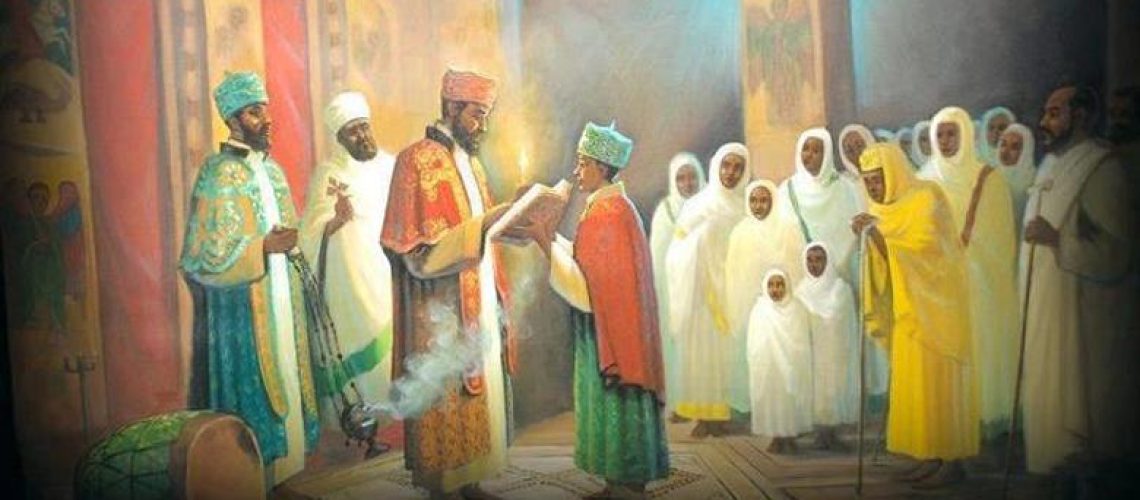On a ride with a friend, he inquired “why do we put on white baptismal robes after we are baptized?” I pondered a bit then began answering him. This post you are about to read is a more polished version of my answer to him.
Jesus’ Birth and Death
When Jesus was born in a cave, he was wrapped in swaddling clothes (Luke 2:12). While all children at the time were likely wrapped in swaddling clothes, the central part of Jesus’ mission being His death, burial, and resurrection inspired theologians to see a parallel between the swaddling clothes at his birth and the shroud in which He was buried after His death. For example, St. Gregory Nazianzen said in one of his homilies,
“He was wrapped in swaddling bands [in the manger], but at the resurrection he released the swaddling bands of the grave. He was laid in a manger but was praised by angels, disclosed by a star and adored by Magi.”
Oration 29.19 On the Son
The relationship between Jesus’ birth and death is mirrored by the waters of the Church’s baptismal font. The baptismal font of the Church is best understood as a womb and a tomb.
Baptism: Our Birth and Death
In our birth from the baptismal womb, God becomes our Father, and the Church becomes our mother. In our burial in the baptismal tomb, we are baptized into Christ, that is buried in the fellowship of His death and resurrection, and therefore have put on Christ (Galatians 3:26).
Because of baptism, the trajectory of our life as imitators of Christ has been made possible. Like Him, we put on the baptismal robes, that are simultaneously our swaddling clothes and burial shrouds.
Liturgy: Celebrating our Common Birth and Death
When the believers gather to celebrate the liturgy, bishops, presbyters, deacons, subdeacons, and readers put on a white garment—a baptismal robe. How they place the orarion or stole is what reflects their role in the Church.
No Church has demonstrated its understanding of this concept as much as the Ethiopian and Eritrean Orthodox Churches wherein ALL believers wear their white garment, or netela. Putting on their baptismal garment—or the symbolic garment pointing to it—is truly inspirational. The garment thus serves as a constant reminder that they are dead to the world and alive to Christ with whom they died and the Church from whom they were born.
In the heavenly liturgy that will continue eternally after the second coming, “a great multitude which no one could number of all nations, tribes, peoples, and tongues, standing before the throne and before the Lamb, clothed with white robes, with palm branches in their hands, and crying out with a loud voice, saying, ‘Salvation belongs to our God who sits on the throne, and to the Lamb’” (Revelation 7:9-10). Our baptismal robes begin here but they will remain ours in the coming age.

